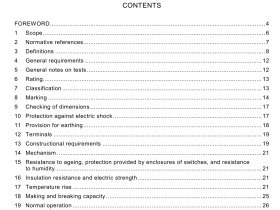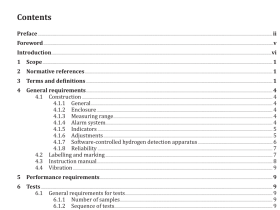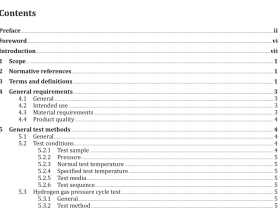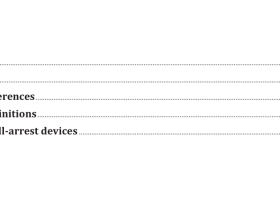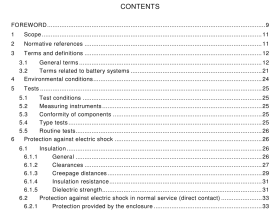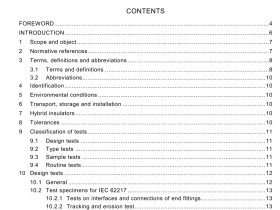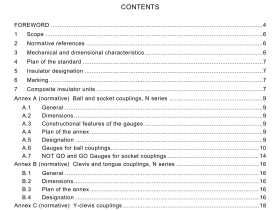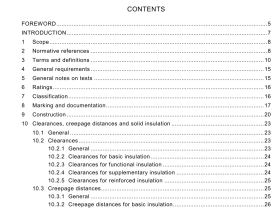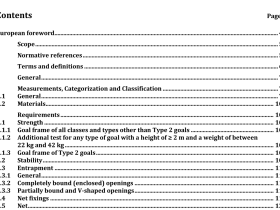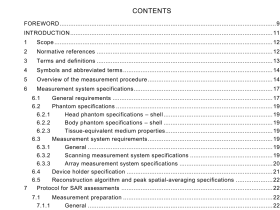AS 3772 pdf download
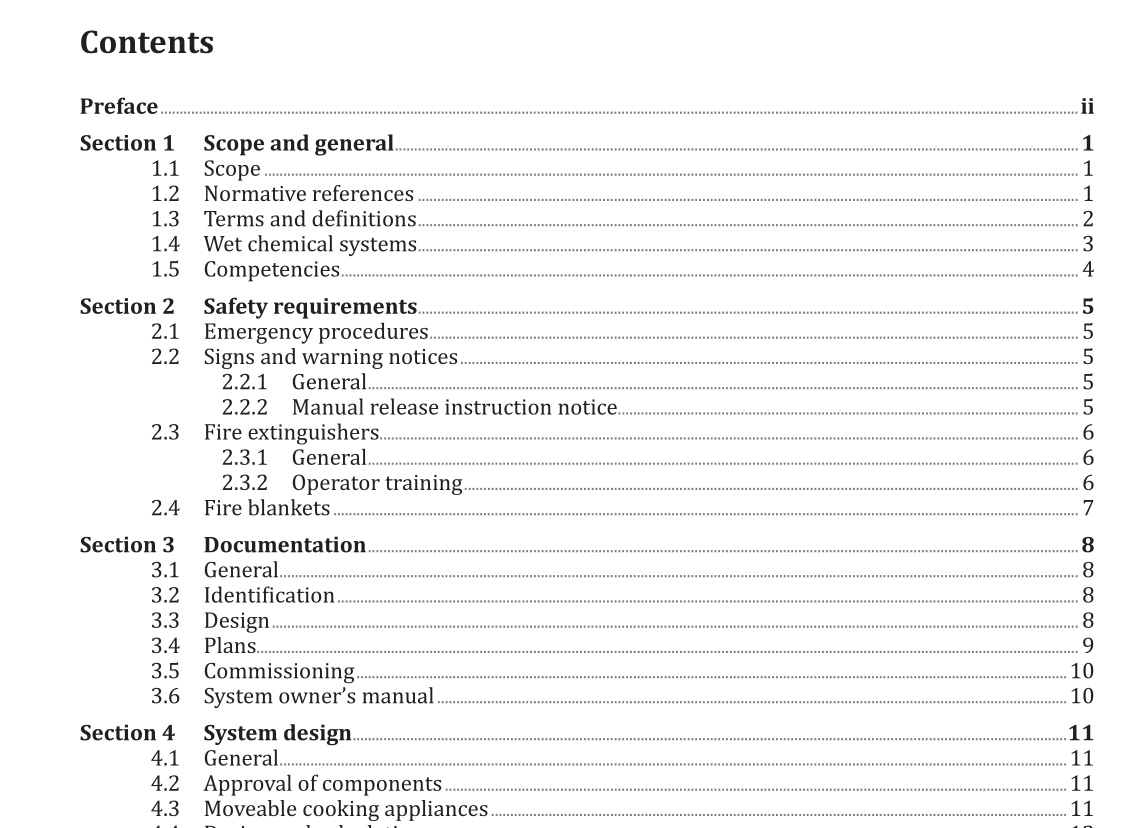
AS 3772 pdf download.Pre-engineered fire protection systems for cooking equipment
1.1 Scope
This Standard sets out requirements for the design, installation commissioning and maintenance of pre-engineered fire protection systems for the protection of unenclosed cooking appliances that produce grease-laden vapours and which may have an open surface of cooking oil or fat. This Standard also applies to the grease removal devices, hood exhaust plenums, exhaust systems, ducts and filters associated with such appliances. General fire safety requirements for kitchens and cooking areas are included. Protection of enclosed ovens, water boilers and similar appliances are excluded from the scope of this Standard. NOTE 1 Requirements for areas protected by sprinklers are given in AS 2118.1. NOTE 2 Requirements for engineered fire protection systems such as carbon dioxide and water mist, are given in other Australian Standards referenced in AS 4158 and AS 6183. NOTE 3 Examples of equipment this Standard covers are — (a) deep fryers; (b) griddles; (c) grillers; (d) range tops; (e) broilers; (f) woks; (g) tilting skillets; (h) salamanders; and (i) brazing pans.
1.3 Terms and definitions
1.3.1 competent person person who has acquired through training, qualifications or experience, or a combination of these, the knowledge and skills enabling that person to perform the task required 1.3.2 defect classification and non-conformance 1.3.2.1 critical defect defect that renders a system inoperative Note 1 to entry: An example of a critical defect includes a wet chemical system which is unable to provide suppression. 1.3.2.2 non-conformance missing information or incorrect feature that does not affect the system operation but is required to facilitate ongoing routine service Note 1 to entry: Examples of non-conformance include missing or incorrect system block plan as required, missing equipment location signs or illegible labels and no availability of required information required to validate a service activity. 1.3.2.3 non-critical defect system impairment or faulty component not likely to critically affect the operation of the system Note 1 to entry: Examples of non-critical defects include, local alarm bell not operating.1.3.3 listed equipment, materials, or services included in a list published by an organization (the listing authority) that is acceptable to the relevant authority and concerned with evaluation of products or services, and which maintains periodic inspection of production or listed equipment or materials or periodic evaluation of services and whose listing states that either the equipment, material, or service meets appropriate designated Standards or has been tested and found suitable for a specified purpose Note 1 to entry: Examples of recognized testing and approval bodies are organizations accredited by JAS-ANZ, CSIRO Actifire, Factory Mutual (FM), Loss Prevention Certification Board (LPCB), SP Technical Research Institute of Sweden, Underwriters Laboratories (UL) and Verband der Schadenverhüetung (VdS). Note 2 to entry: A manufacturer’s statement of conformance does not by itself confirm that a system has been listed. The relevant authority should seek evidence of conformity to demonstrate that the system has been independently verified as being appropriate for the intended application. 1.3.4 pre-engineered fire protection systems fire protection system consisting of a supply of extinguishing agent of a predetermined quantity coupled to pipework with nozzle arrangement installed up to a maximum permitted design Note 1 to entry: The hazards protected by these systems are specifically limited as to type and size by a testing laboratory, based on actual fire tests.1.3.5 relevant authority agency authorized by legislation or regulation to issue determinations, orders, or other instructions in respect of any subject covered by this Standard Note 1 to entry: For example — (a) a Minister of the Crown; (b) a government department; (c) other public authority having power to issue regulations, orders or other instructions having the force of the law in respect of any subject covered by this Standard; or (d) in cases where none of these apply, the owner or the owner’s agent. 1.3.6 responsible entity entity responsible for the routine service of the fire protection systems and equipment Note 1 to entry: Typically the building owner, the building occupier or the building owner’s agent. 1.3.7 shall indicates that a statement is mandatory 1.3.8 should indicates a recommendation 1.3.9 wet chemical aqueous solution of organic or inorganic salts, or a combination thereof, that forms an extinguishing agent
